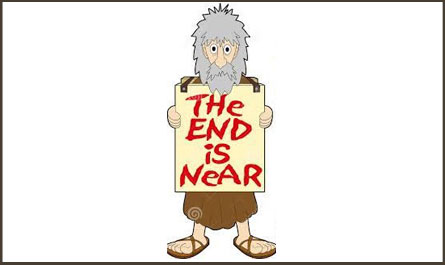by Steve Raml, Director of Liturgy & Music
Our Days Draw to a Close
Autumn in the northern hemisphere brings our minds to things ending. The heat of summer has ended (thankfully!) The growing season has ended. Trees that have been green all during spring and summer find their leaves fading into fall colors, then dropping to the ground.
The Church also turns our attention to endings, with readings during the month of November putting an emphasis on death, the final judgment, and bringing into focus these words in the Nicene Creed: “He will come again in glory to judge the living and the dead.”
We begin the month with two special days on the Liturgical Calendar: All Saints (November 1) and All Souls (November 2). In designating these two days, the Church sets aside a time to honor the men and women whose example we admire. Coming as they do near the end of the Church year, the twin feasts invite us into the mystery of death and the promise of eternal life.
Many saints have a day of their own on the liturgical calendar, but there are many more saints than there are days in the year. So we gather all the saints together for one feast.
Pope Boniface IV (himself a saint) began the celebration of All Saints when he dedicated a very old building in Rome as a new church. We know that building today as “The Pantheon”, built to honor all the pagan Roman gods. But Boniface rededicated the building on May 13, 609 as a Christian church and brought relics of the martyrs from the hidden catacombs to this public place. Pope Gregory III moved the feast to November 1 sometime in the 700’s, to coincide with a French festival of the saints which had been celebrated since the days of Charlemagne.
The Feast of All Souls, November 2, commemorates all the faithful departed. On this day, we pray for the souls of all those who have gone before us in death. This celebration was first established by St. Odilo of Cluny in 998 and was soon spread across Europe by monks in his order. It was accepted in Rome in the 14th century. At that evening Mass, it is our custom to include a ritual of reading the names of all our loved ones who have died in the past year. We light candles to remember each person.
The Sundays of November point us to the sober reality that life will not go on as usual. But these readings also bring us the hopeful themes of resurrection and Christ’s second coming. St Paul writes to the Thessalonians that those who have fallen asleep will hear the voice of an angel and the sound of a trumpet. Then the dead will rise and “we shall always be with the Lord.” Paul urges us to find comfort in these words.
That same week, Jesus gives us a literal “wake up” call. He urges us to “stay awake” for we do not know the day nor the hour of his return. Just two weeks later, we hear Jesus’ description of the final judgment, when the Son of Man returns to separate those who cared for the least ones from those who did not, as a shepherd separates sheep from goats.
That final Sunday of the Church year, the Solemnity of Christ the King, includes two Scripture readings we often hear at funerals: Paul’s letter to the Corinthians that the “last enemy to be destroyed is death” and the comforting words of Psalm 23: “The Lord is my shepherd”.
So as our days get cooler, these November Sundays and Feasts also have the chill of death. The Church year hastens to a close and with it the reminder that our lives hasten on as well.

